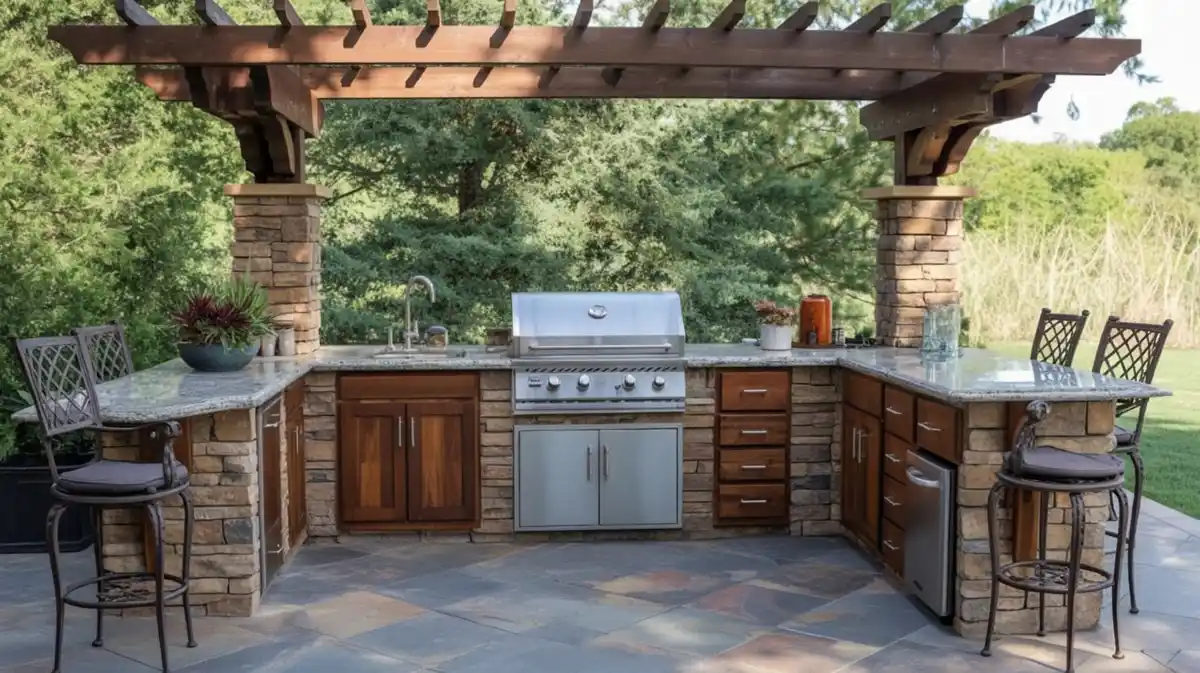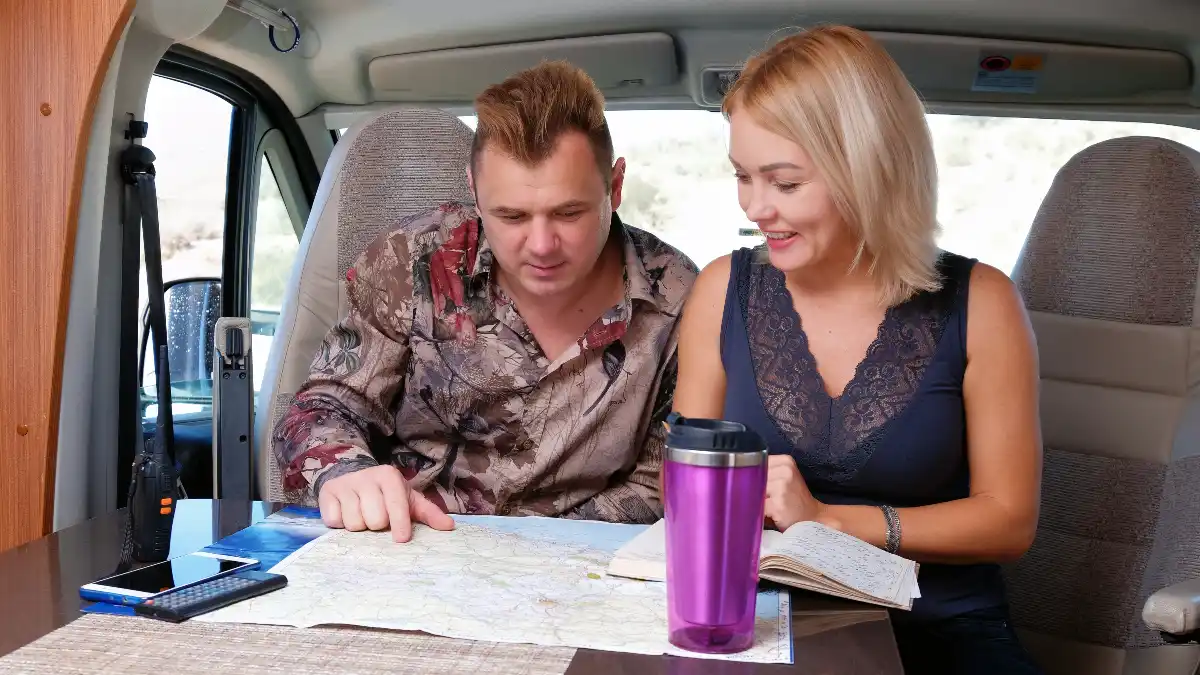
Facing a hurricane in your RV can be terrifying, but it doesn’t have to be a disaster. Every year, countless RV owners make critical mistakes—often fueled by panic or poor planning—that lead to devastating, expensive, and sometimes fatal damage, effectively totaling their rig.
Highlight these common, yet catastrophic, errors. We’ll move past the basic advice of “get out” and focus on the specific, preventable blunders related to site selection, securing the unit, and evacuation timing.
Learning from these mistakes can be the difference between a scary story and losing your home-on-wheels. Your preparation is your best insurance against a total loss.
1. Relying Solely on Liability or Collision Insurance

One of the most immediate pathways to financial catastrophe is operating under the assumption that standard RV insurance covers weather events. Liability and collision policies are designed to protect against operational incidents (e.g., accidents while driving or parking lot fender-benders). They explicitly exclude perils such as wind, hail, flood, storm surge, or damage from flying debris.
For any weather-related catastrophe, comprehensive insurance coverage is the essential requirement for hurricane protection.
If an RV is totaled by high winds tearing the roof off or by flooding, and the owner lacks comprehensive coverage, the resulting claim payout will be zero. This failure to secure the appropriate financial coverage instantly nullifies all subsequent physical security efforts, rendering the financial investment completely exposed.
2. Waiting Until the Hurricane is “Named” to Buy or Upgrade Coverage

Insurance carriers rigorously enforce a strict deadline for policy changes, known as the “named storm moratorium.” This crucial financial requirement dictates that coverage cannot be added or upgraded, including adding comprehensive coverage or specific endorsements, once a hurricane has been designated as a “named storm” and is on the radar.
The implication of this policy timing is profound: the ability to secure financial defense against the looming threat is often lost days or weeks before mandatory evacuation orders are issued.
Proactive policy review and necessary coverage upgrades must be completed during the pre-season months (January through May), establishing a hard preparation deadline that cannot be rushed once the meteorological event is underway.
Insurance Action Timeline: Total Loss Prevention
Pre-Season (Jan – May)
This is the only period when you can freely secure your total financial defense without restrictions.
Insurance Availability: Full Comprehensive coverage and endorsements are available.
Core Goal: Optimize and secure all necessary limits and riders for the upcoming season.
Mistake Consequence:
Missing this chance means you forfeit the opportunity to secure financial protection later.
Storm Enters 7-Day Cone
The time for proactive defense is over. This window carries zero flexibility for new policies.
Insurance Status: Policies are typically frozen due to Named Storm Moratoriums.
Implication: You are legally and financially locked out from securing new coverage or increasing limits.
Mistake Consequence:
Financial defense is locked out, leaving your assets directly exposed to potential total loss.
3. Neglecting Total Loss Replacement or Gap Insurance

When an RV is severely damaged, standard comprehensive coverage typically pays out the Actual Cash Value (ACV). Because RVs, especially motorhomes, experience significant depreciation, the ACV can be substantially less than the replacement cost. This difference leaves a large financial deficit for the owner.
Total Loss Replacement coverage is specifically designed to address this deficit for newer rigs, ensuring that if the RV is destroyed, the owner receives the full purchase price or replacement cost for a new unit.
Without this crucial endorsement, the owner suffers the total physical loss of their rig and a massive financial shortfall, effectively defining the catastrophic outcome. Owners who have financed their RV should also secure Gap Insurance to cover the difference between the outstanding loan balance and the depreciated ACV payout.
4. Failing to Establish a Formal, Documented Evacuation and Shelter Plan

Effective preparedness requires a documented strategy well in advance of a storm watch. This strategy must include reviewing insurance policies, identifying designated evacuation zones, establishing an out-of-town contact, and, critically, deciding exactly where the RV will be stored or parked during the storm.
Without a clearly defined, rehearsed plan, the owner is highly susceptible to decision paralysis and rushed, dangerous actions as the storm approaches.
This planning vacuum often results in delayed evacuation, forcing the owner to shelter in the vulnerable RV or selecting an inadequately protected parking spot, making physical loss almost certain once the storm hits.
5. Using the RV as a Primary Shelter Against Hurricane-Force Winds
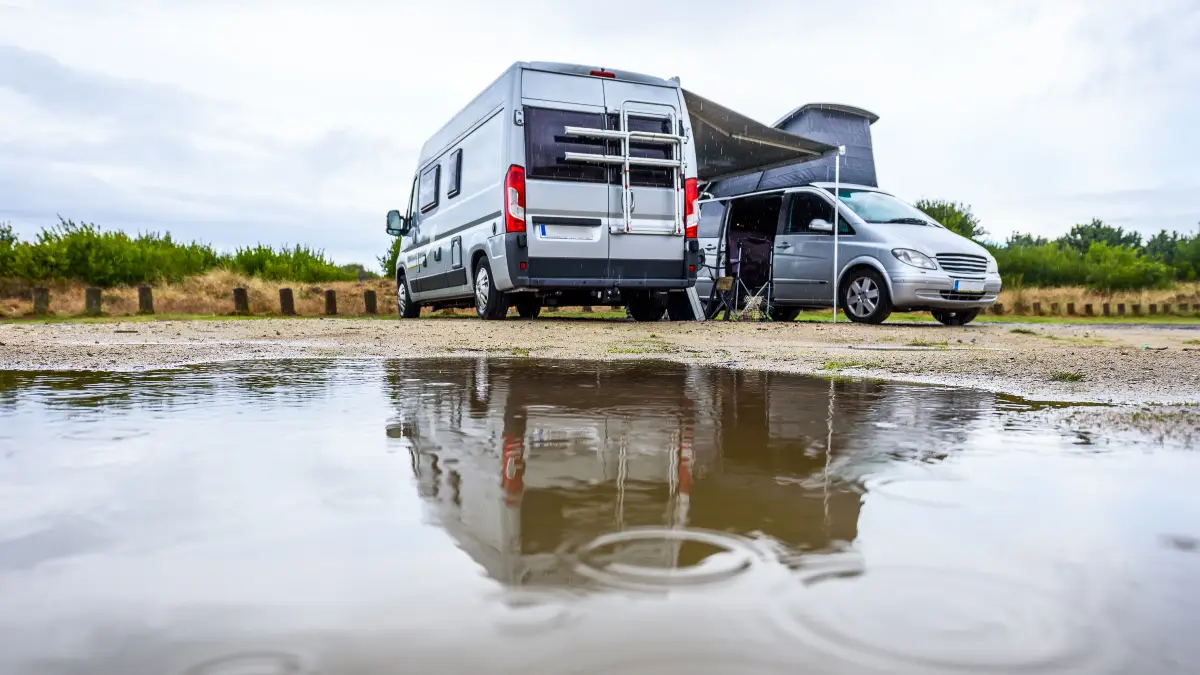
Structural analysis dictates that RVs and mobile/manufactured homes are incapable of providing safe shelter against tropical-storm or hurricane-force winds.
The construction of recreational vehicles—characterized by lightweight, often composite materials, large unsupported side walls, and extensive window space—renders them extremely susceptible to structural compromise, tearing, or flipping in winds exceeding 75 mph.
The devastating rate of loss observed at sites like Creek Side RV Resort, where 62 out of 68 RVs were destroyed, confirms that sheltering in place is an extremely high-risk strategy.
When local authorities advise evacuation, the prompt departure to a designated, safe structure is mandatory. Remaining in the RV when high winds are expected is not merely unsafe for the occupants but converts the rig into guaranteed storm debris.
6. Parking on Low Ground or in Designated Flood/Storm Surge Zones

Flooding is an instantaneous total loss trigger. The owner must make every effort to park the RV on high ground to mitigate the possibility of inundation. Historical events illustrate the financial impact of storm surge: a mere three-foot storm surge during a recent hurricane totaled 64 RVs at Bay Bayou RV Resort in Tampa.
Water, especially corrosive salt water from storm surges, rapidly breaches the structure’s undercarriage, causing irreversible damage to mechanical components, electrical wiring, sensors, and computer systems.
Once water enters the engine, electrical systems, and the frame, the likelihood of the rig being declared salvage due to extensive corrosion and electronic failure is nearly 100%. Choosing a flood-prone area guarantees total system failure.
7. Securing the RV Directly Under Trees or Near Utility Poles/Structures
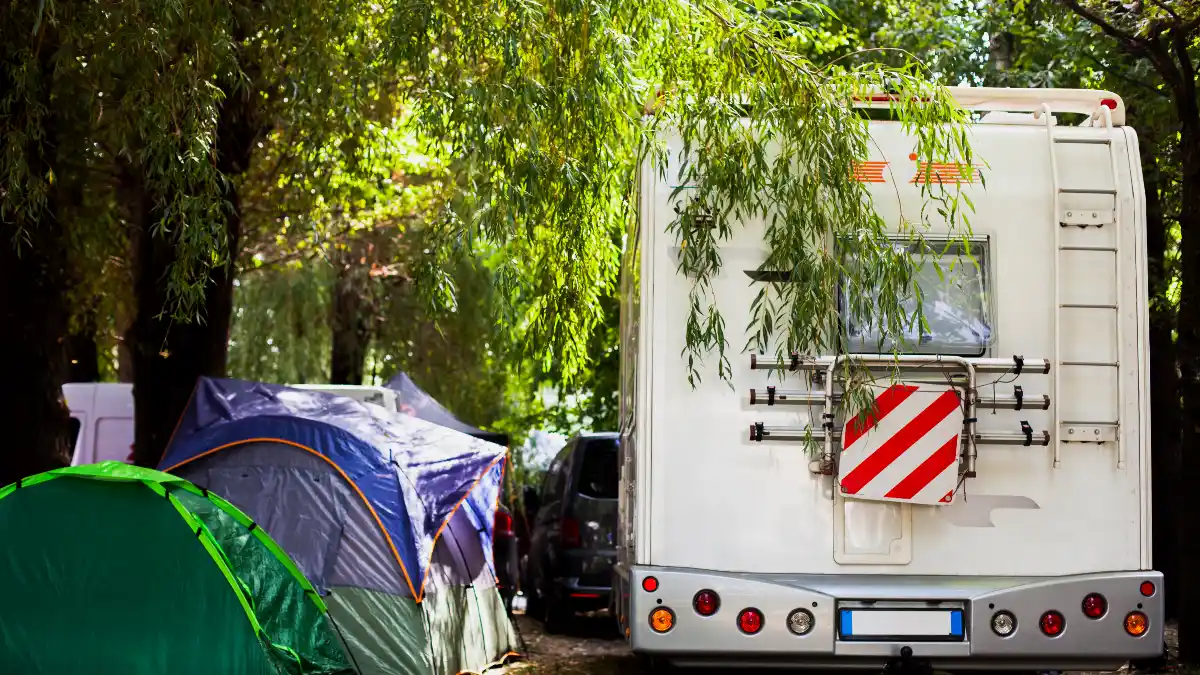
External impact is a major mechanism for total loss, often overlooked when securing the RV. A critical preparation step is positioning the RV away from any potential sources of falling debris. Owners must avoid parking the RV close to, or directly under, trees. Additionally, vulnerabilities such as proximity to utility poles, loose signage, or unsecured structures must be eliminated.
Even an RV that is perfectly anchored and protected against wind uplift will be structurally totaled if a large tree or branch impacts the roof or sidewalls.
This type of severe localized damage often compromises the entire frame and interior, pushing the repair cost well past the total loss prevention threshold, which typically sits at 60–80% of the vehicle’s market value.
8. Delaying Evacuation Until Winds Exceed Safe Towing Limits

Hurricane preparation requires ensuring the RV or tow vehicle is ready for immediate departure, including topping off the fuel tank and checking all fluid levels. Procrastination in initiating evacuation drastically increases the risk of loss. High-profile vehicles like RVs and travel trailers become dangerously unstable and difficult to control in crosswinds exceeding 40 mph.
Waiting for the final mandatory evacuation order risks encountering severely congested roads, forcing travel in highly dangerous wind and rain conditions, or facing road closures due to flooding.
Driving under duress increases the likelihood of an accident or being forced to abandon the evacuation and shelter in place , which is a direct pathway to physical loss. Proactive evacuation, traveling as far away from the anticipated storm path as possible, is the safest course of action.
9. Failing to Retract All Slide-Outs and Awnings Completely
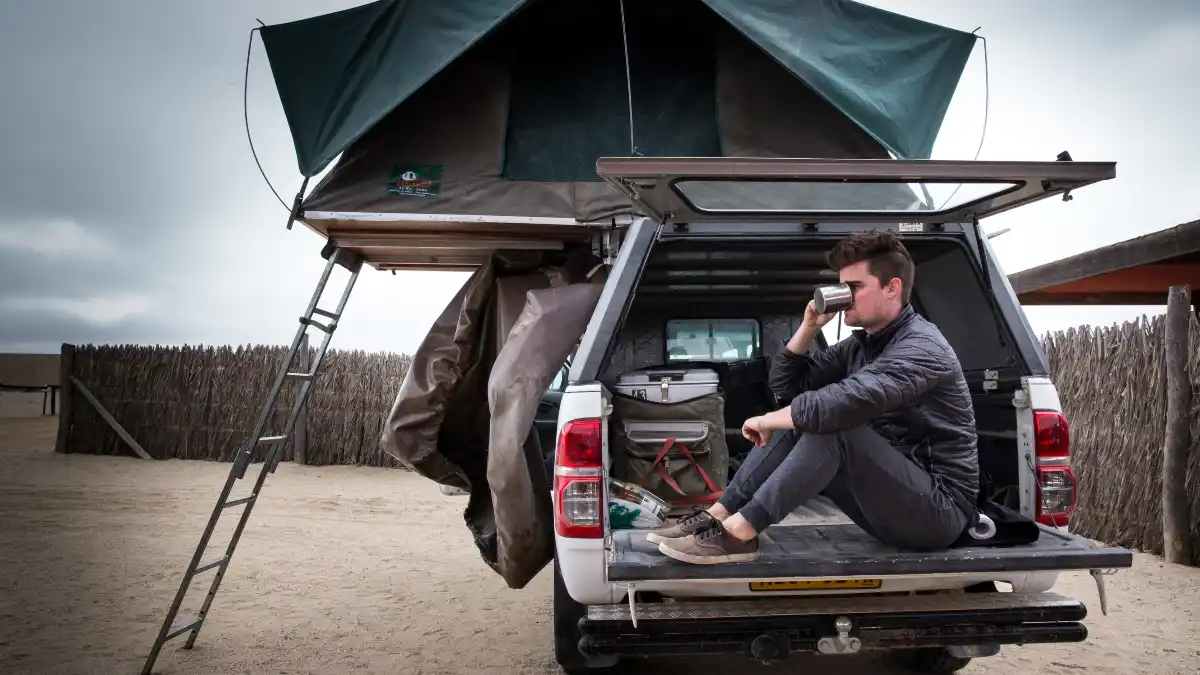
One of the most easily preventable errors is leaving the RV’s large, extended components exposed. Awnings must be retracted or removed entirely, as hurricanes generate high winds that will rip or tear them off, often causing collateral damage to the adjacent RV sidewall.
Similarly, all slide-outs must be completely retracted and secured in the stowed position. An extended slide-out dramatically increases the RV’s lateral surface area, creating a massive lever that amplifies the wind shear forces exerted against the structure.
This stress not only threatens the slide mechanism itself but also compromises the integrity of the critical slide seals , enabling catastrophic water intrusion.
10. Using Inadequate or Loosely Installed Screw-In Anchors
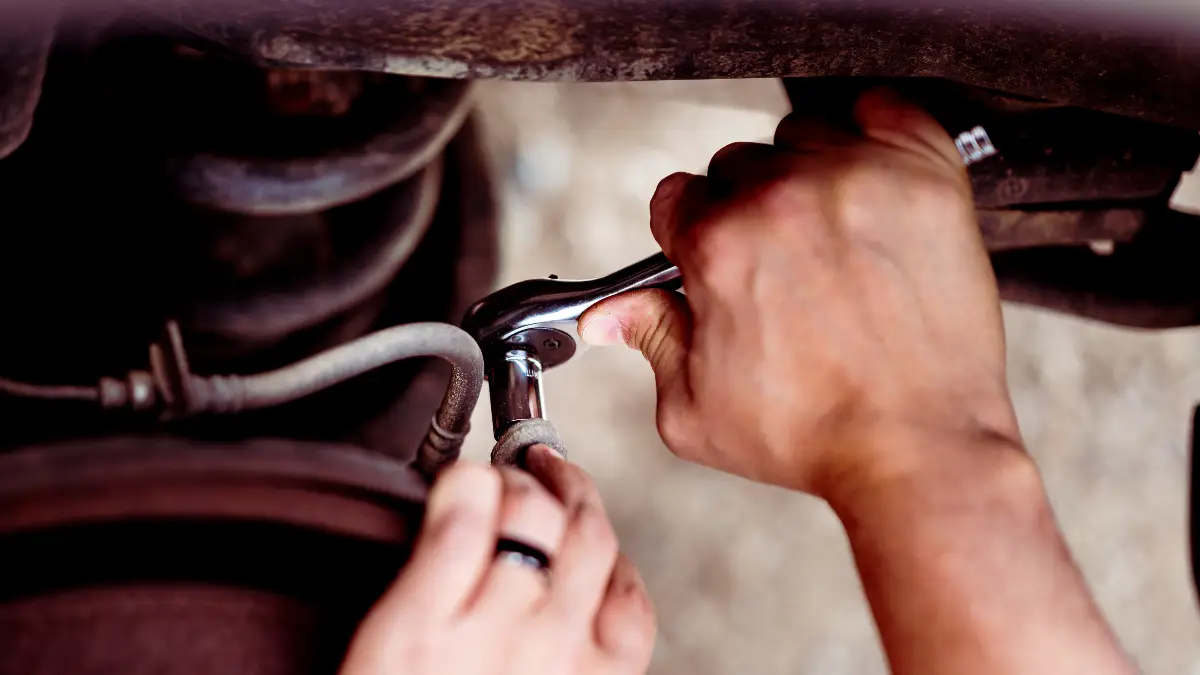
Securing the RV to the ground requires specialized equipment far beyond standard camping stabilizers. An RV anchor kit, often incorporating heavy-duty anchors or stakes, must be used to stabilize the rig against damaging winds. The mistake lies in utilizing anchors that are too light or failing to install them deeply and firmly enough into the ground.
Light-duty, convenience-focused tie-downs are incapable of resisting hurricane-level wind uplift forces.
Owners must invest in and correctly install mobile home-rated anchors, which are designed to resist the high tension load created when wind tries to tear the RV from its chassis. Loose installation ensures the anchors will pull out of the soil under peak stress, leading to the entire rig flipping or being torn apart.
11. Installing Tie-Down Straps at the Wrong Angle
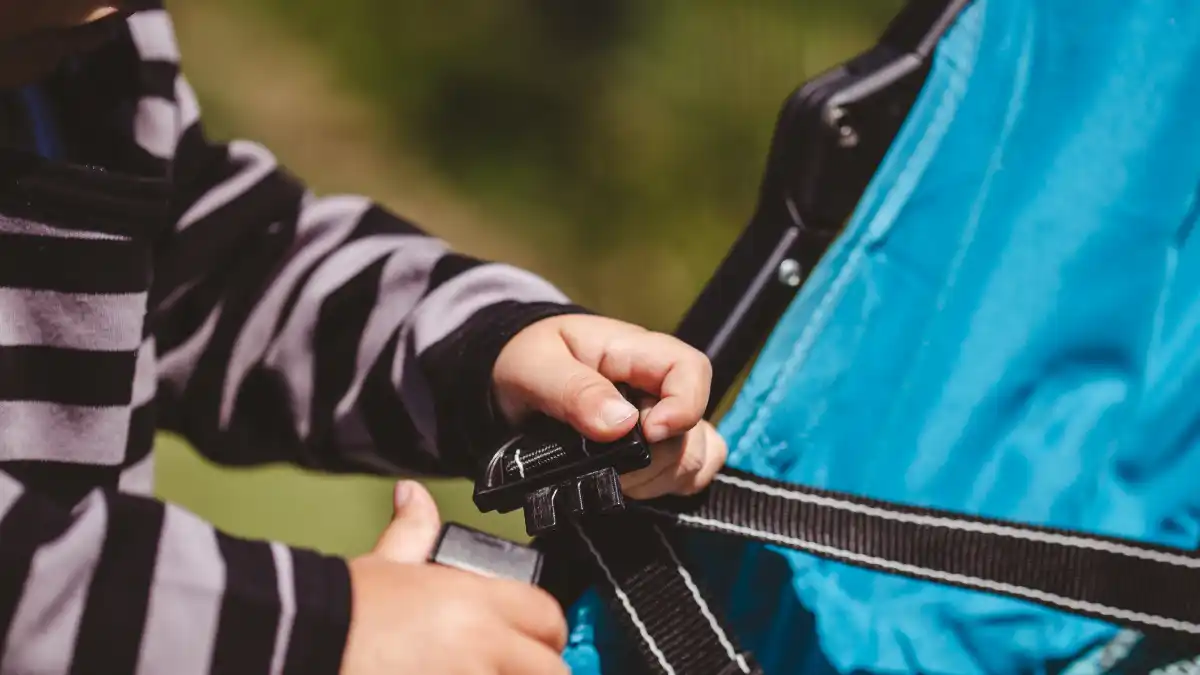
The angle at which tie-down straps are secured is a critical technical detail often overlooked. FEMA and HUD standards for manufactured homes, which apply conceptually to large RVs, recommend securing straps at an angle of approximately $30°C to $45°C relative to the horizontal ground plane.
The placement angle is essential because hurricane winds possess both vertical (uplift) and horizontal (shear/thrust) components. Straps placed vertically (at $90°C) only resist uplift, providing no resistance to the lateral pushing force that causes the RV to rock, shift, and potentially flip.
By using the specified $30°C to $45°C angle, the tie-down system is optimized to convert lateral forces into stabilizing compression, significantly improving the rig’s stability against high-velocity lateral movement and subsequent catastrophic failure.
12. Neglecting Wheel Chocking and Blocking Under the Frame/Axles

Stabilization involves preventing both rolling and lateral shifting. Heavy-duty wheel chocks must be placed at both ends of every tire to prevent rolling. Crucially, the RV’s frame or axles should also be blocked or supported with stabilizing jacks, especially where the weight rests.
Even if the RV is anchored to the ground with robust tie-downs, strong wind shear can cause the rig to violently “walk” or shift laterally. This movement exerts severe stress on the chassis, suspension components, and any connection points.
Blocking under the frame mitigates this lateral movement, preventing the structural fatigue and shearing that can compromise the frame integrity and lead to utility connection failures.
13. Leaving Exterior Items Unsecured
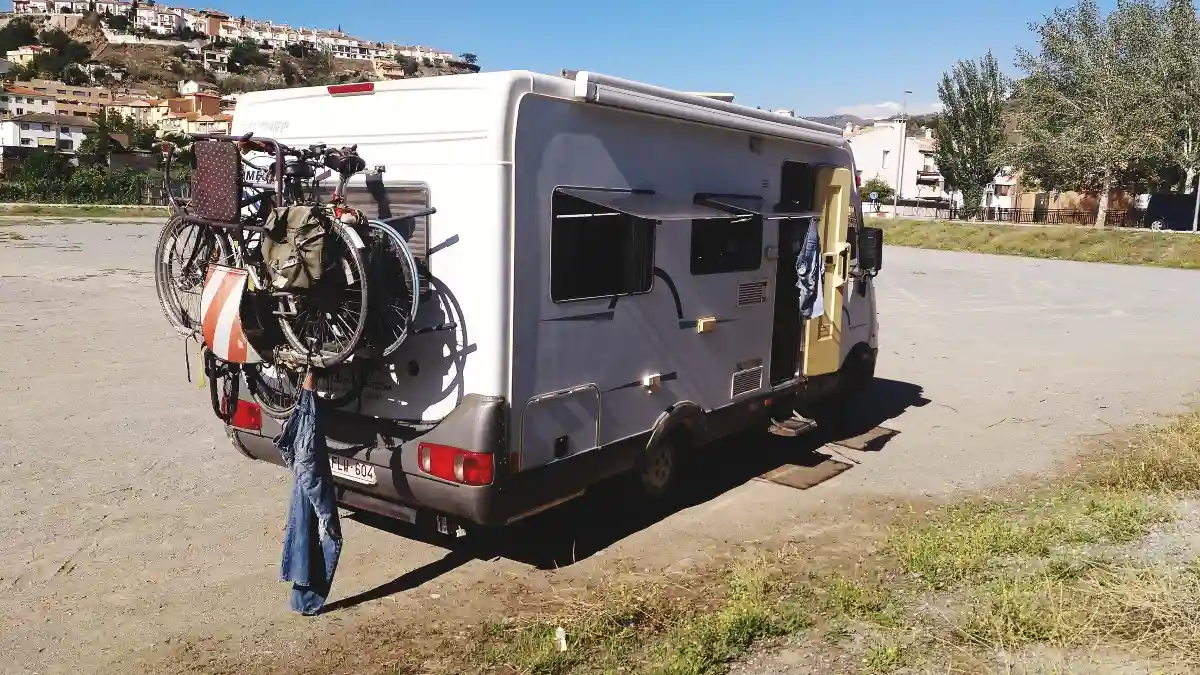
Any item left loose on the campsite becomes an immediate source of devastating secondary damage. All patio furniture, grills, satellite dishes, camping equipment, and any other unsecured items must be stored inside the RV or secured in an external structure.
Under hurricane winds, these objects transform into high-velocity projectiles. Impact from flying debris is a primary cause of window breakage, seal tearing, and skin puncture on RVs.
Such structural breaches not only create massive repair costs but also guarantee water ingress, thereby accelerating the transition to a total loss status through water and mold damage.
14. Ignoring Known Leaks or Cracked Sealant on the Roof/Slide-Out Wipers
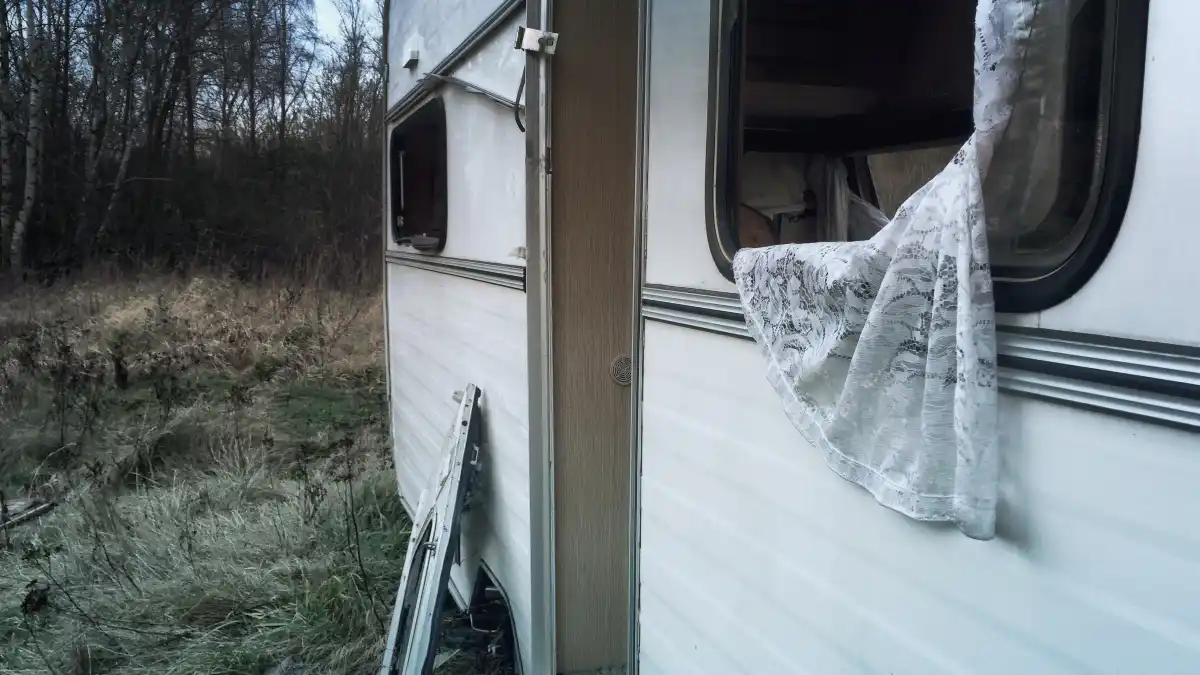
Deferred maintenance is a total loss trigger that allows insurance carriers to deny claims. RV roof and sealant systems require diligent inspection.
Seals around slide-outs, for example, deteriorate over time, allowing moisture intrusion even when the slides are retracted. Hurricane rain is wind-driven and intense, efficiently exploiting every existing micro-crack or compromised seal in the roof, windows, or T-molding.
If an insurance adjuster determines that water damage resulted from a pre-existing condition, such as a long-neglected leak through a damaged window seal or cracked roof sealant, they may categorize the ensuing damage as due to “poor maintenance” rather than the covered storm event.
This classification can void the comprehensive claim for water damage, forcing the owner to cover the extensive cost of internal repair, which often exceeds the total loss threshold.
15. Failing to Secure Temporary Protection Over Critical Vents, Skylights, or Torn Seals
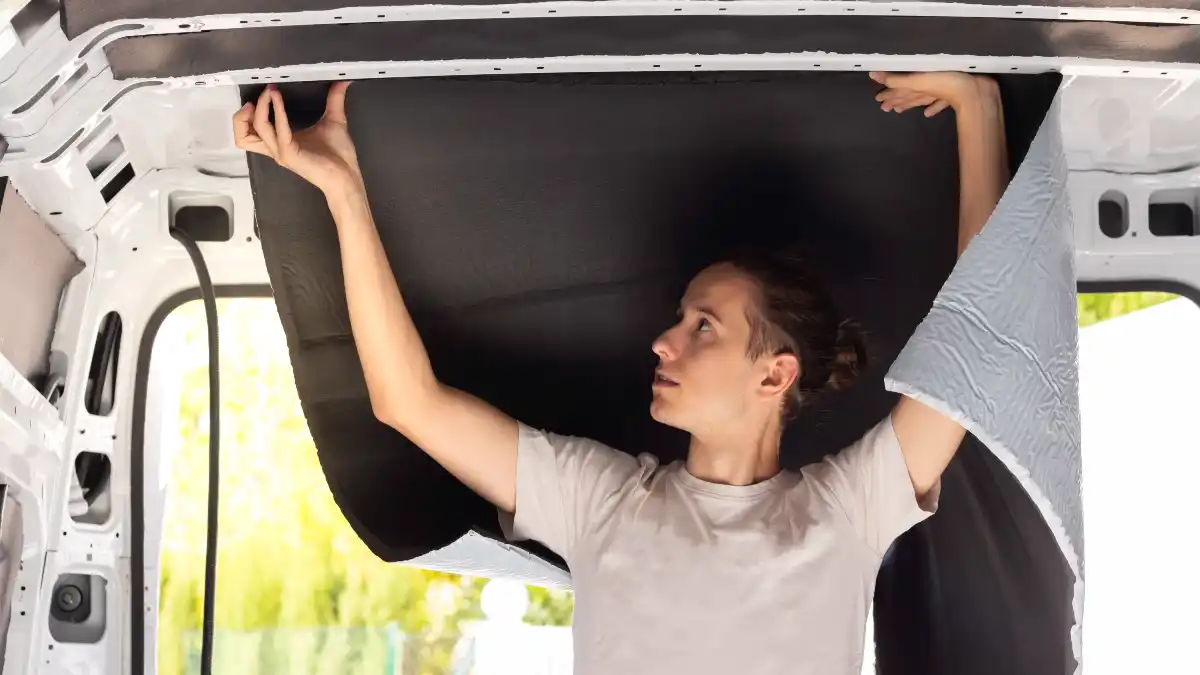
When evacuation is impossible, temporary sealing is a critical mitigation measure. If skylights or roof vents are cracked, or if wiper seals are known to be damaged, immediate field repairs are necessary to prevent hours of torrential water ingress. For example, plastic sheeting taped across a cracked lid or vent flange can act as a crucial “rain bonnet”.
Similarly, if a slide-out wiper seal is torn, retracting the slide and taping a strip of plastic or foam across the top edge creates a temporary gasket to block water.
This proactive, low-cost measure can protect the interior walls and flooring from hundreds of gallons of wind-driven rain, potentially preventing the structural wood and insulation from becoming saturated, which initiates the expensive mold and rot cycle (M19).
16. Leaving Utilities (Shore Power, Water, Propane) Connected
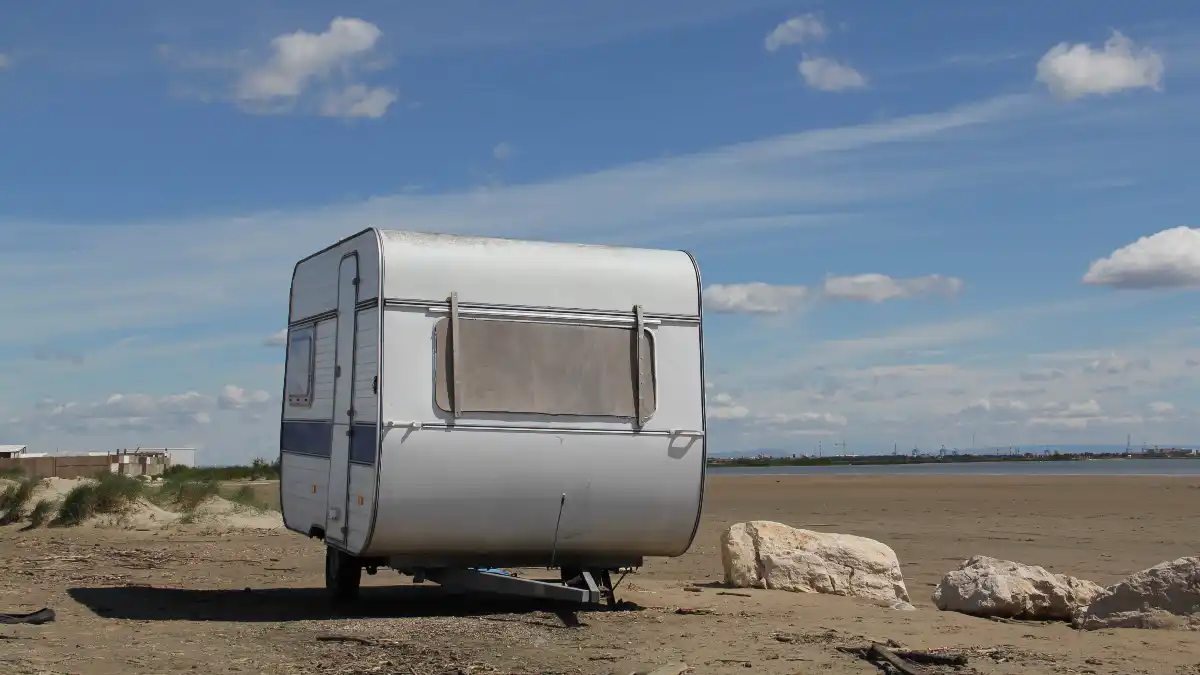
Before a storm arrives, all utility connections must be secured. This includes disconnecting shore power, turning off the external water supply, and shutting off the main valve to the propane tanks or cylinders.
Disconnecting shore power prevents massive electrical surges—caused by nearby lightning strikes or downed utility lines—from entering the RV’s electrical system. Such surges can instantly destroy the converter, inverter, appliances, and delicate internal wiring, resulting in an expensive, non-repairable electrical system failure.
Disconnecting propane mitigates the severe risk of fire or explosion that could be caused by broken lines or stress exerted on the connection points by severe wind movement.
17. Neglecting to Fully Charge Devices and Systems

In the immediate aftermath of a hurricane, power outages are nearly universal and can last for days or weeks. Preparation failure includes not ensuring all essential systems and communication tools are operational independent of shore power. Phones, power banks, and flashlights must be fully charged. The RV’s house batteries and starting battery must be fully charged.
Furthermore, if the RV is equipped with an on-board generator, it must be tested for proper operation, and the fuel tank must be topped off. Post-storm recovery hinges on the ability to communicate with family, emergency services, and, critically, the insurance company.
Failing to ensure power reliability turns a survivable event into a paralyzing lack of communication and mobility.
18. Driving or Attempting to Move the RV Through Flood Water

Encountering standing water—whether it is residual storm surge or rainfall runoff—presents an immediate, non-negotiable risk. Driving or attempting to tow the RV through standing water must be strictly avoided.
Engines are susceptible to hydrologic lock (hydrolock) when water enters the cylinders via the intake, causing the engine to stall and seize. Even if the engine survives, water infiltration into the transmission, differential, and particularly the critical electrical systems and wiring harness, guarantees irreversible damage and rapid corrosion.
While some water damage may be covered by insurance, attempting to operate a submerged engine is often the final act that pushes the damage appraisal past the total loss threshold, guaranteeing mechanical write-off status.
19. Delaying Inspection and Mitigation of Water Intrusion (Allowing Mold to Set In)

Mold growth is the swift, silent assassin of an RV’s interior and structure. Mold damage is explicitly excluded from coverage under most comprehensive RV policies, although rare exceptions exist if the mold resulted directly from a covered event, like a broken window. The critical time window for mold mitigation is short: mold can begin to set in within 24 to 48 hours of saturation.
If water intrusion is not immediately addressed—by locating the source of the leak, drying the affected area using dehumidifiers, and treating for mold—the resulting cost of mold remediation and structural rebuilding (replacing damaged wood framing, walls, and flooring) is added to the already high repair bill.
Since the mold expense is often non-covered, this cost component is frequently the factor that pushes the total expense above the 60-80% threshold, guaranteeing the vehicle is declared a total loss. Immediate inspection using moisture meters is imperative.

